FIELD NOTE: Three Summers | Cherries
🍒 First in a three-part Field Note cycle: one body, three summers, and the harvests that followed me home.
This is Not Neat, Never Small’s ongoing FIELD NOTE series — a rhythm of snippets, meanderings, and moments from the journey.
In between longer-form pieces, Field Notes offer something lighter. A little less polished and a little more present. Length and tone will vary, but my intention is this: to share something worth your time at least once a week.
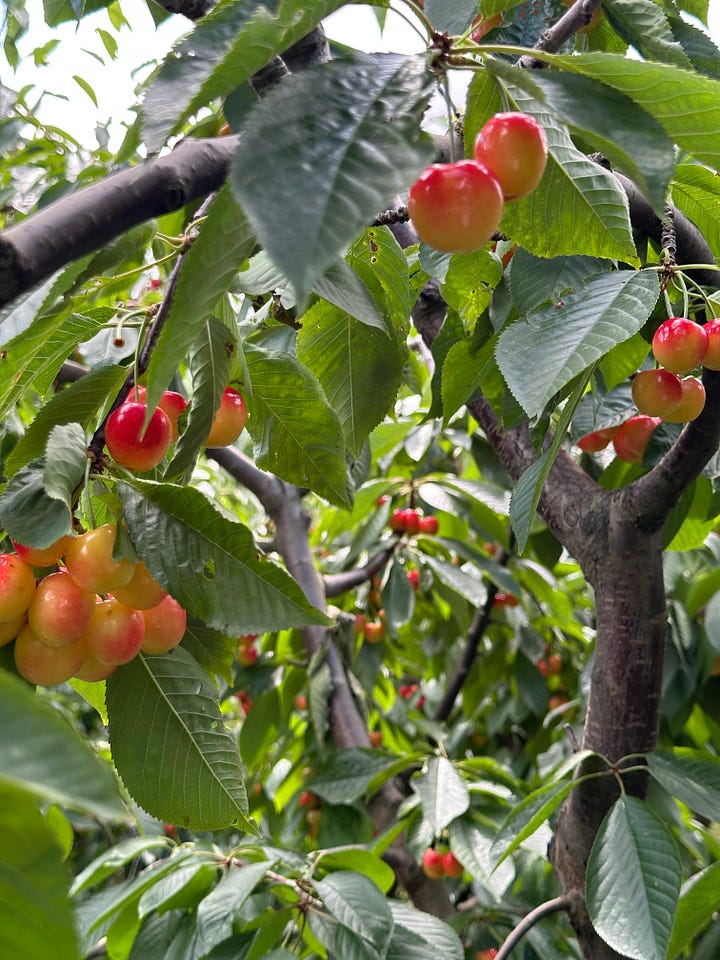
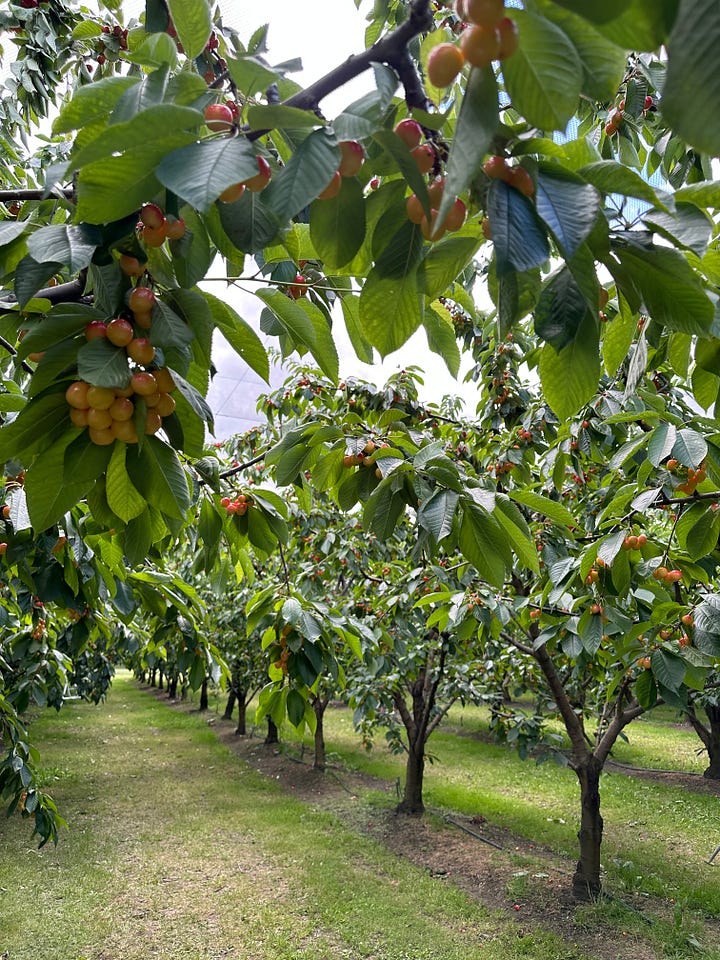
The cherries came back a week after I did.
The first gems of the Seattle market season, cascading onto tables in early June, heralding the accelerating abundance.
Red and gold hues mingled like watercolors on the gleaming skins of the Rainiers — the cherry variety my granny most loved, the ones she had always looked forward to. I tried them for the first time with her as a child, a sweet delight named for my mountain, for Seattle’s mountain. The one you can sometimes see standing sentinel over southbound I-5; or spy from Red Square on my alma mater’s campus, framed by collegiate Gothic facades and evergreens, punctuated by Drumheller Fountain.
(A little ironic, perhaps, that a cherry developed by a researcher at Washington State University’s Prosser campus — deep in cherry country, east of the Cascades — would be named after a mountain on the west side that he likely couldn’t even see.* But we’ll take it.)
I’ve had a preference for Rainiers ever since, just like my granny. At the market, they pile up plump and bountiful beneath breezy white tents, like an inheritance laid out in plain sight. I consciously timed my return from abroad to Seattle’s summer unfolding — but I wonder if, subconsciously, I was also timing it to them.
Seven weeks later, they’re still yielding. Still arriving. Here in Washington state, they’re hitting their peak pretty much right now, in early July. I keep thinking they’ll taper out soon, but the tables stay full — at least for now.
I picked cherries on New Zealand’s South Island, too — in Cromwell, a rugged, tussocky town in the highlands of Central Otago. Six months ago, nearly to the day.
Rainiers.
There were dozens of cherry varieties in that orchard on Ripponvale Road. But I asked the staff if there were Rainiers, doubting it. It felt like stepping into a botanical Twilight Zone when the girl nodded and showed me a map — toward the back of the property, right-ish quadrant, middle row.
Ghosts of home in a foreign grove.
I climbed a ladder into the trees, as I’d never done before, and lingered among those blushing ghosts. Just… lingered. Something in me keening quietly for home, even as I stood in the borrowed sun of the South Island, pushing through cherry leaves and plucking Rainiers from their stems in January.
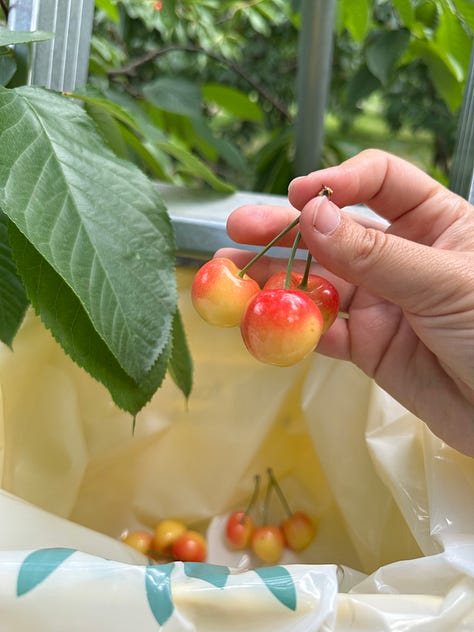
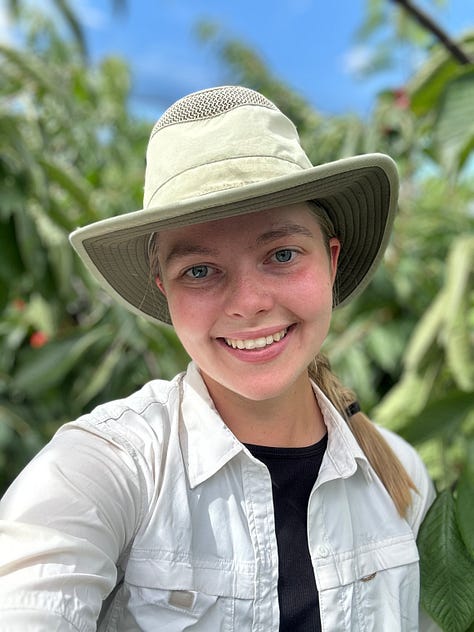
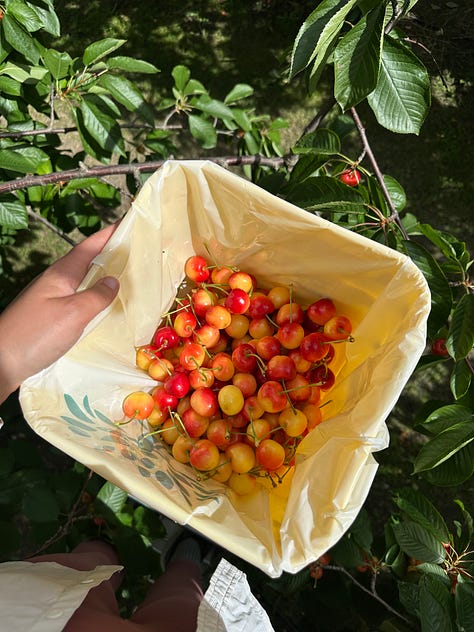
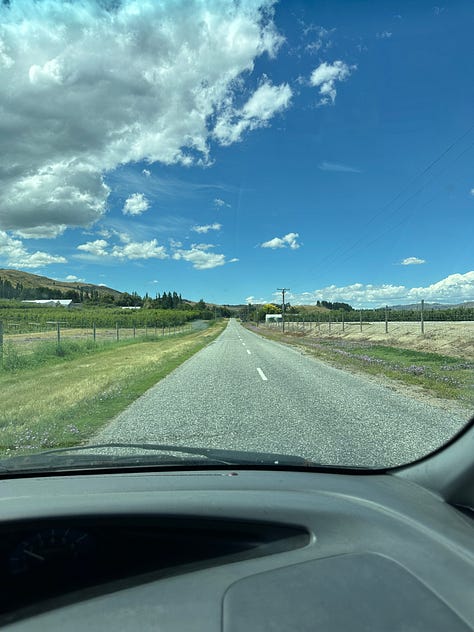

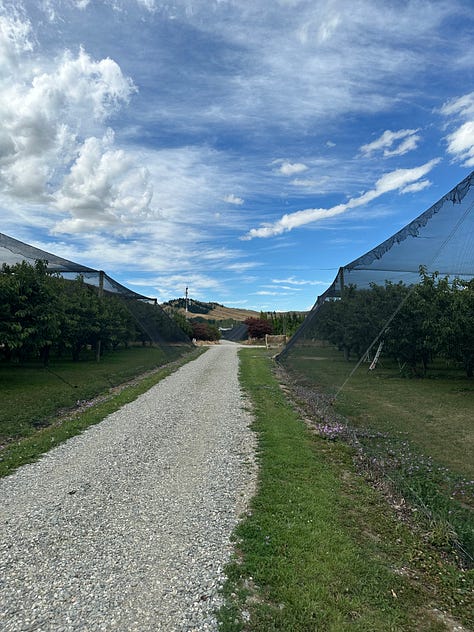
And now I’m back. Home, technically.
And yet, standing in the Seattle markets, I find myself missing Cromwell. Somehow, the ghosts made their way inside; nested somewhere in between my ribs.
Maybe that’s why, as I finished this field note, I sought out the eastern foothills of the Cascades — a café in tiny Roslyn, Washington.
Because Roslyn reminds me of Cromwell.
Not siblings, but sun-scrubbed cousins, maybe. It’s not quite high country in the way Cromwell is, but it hums with the same dust and dry light. Wind kicking up its heels and tearing down the streets. Horses and ranchers dancing through splinters and grit. Pickers and growers and hands at their fruit stands. Coal once hauled out of hills here, gold from the ground there, both now left with empty shafts and heat-stung quiet. Brick and wood and faded paint and pine. Blue lakes sparkling in sharp sunlight.
These are the kinds of places where the skies prefer to be blue, the mountains gather close, and the fruit is sweetest.
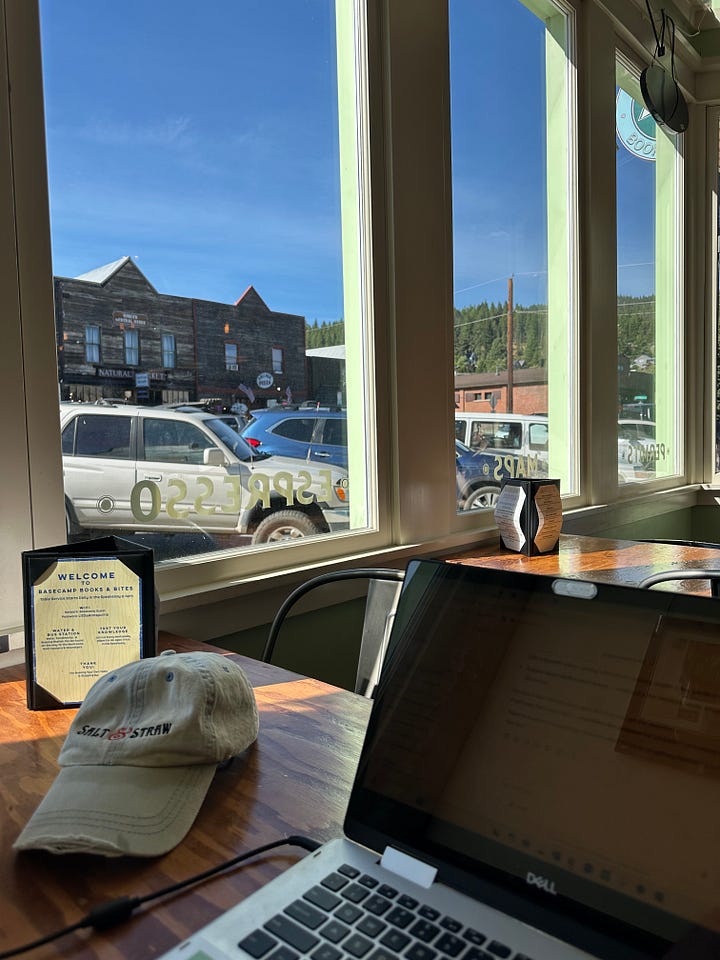
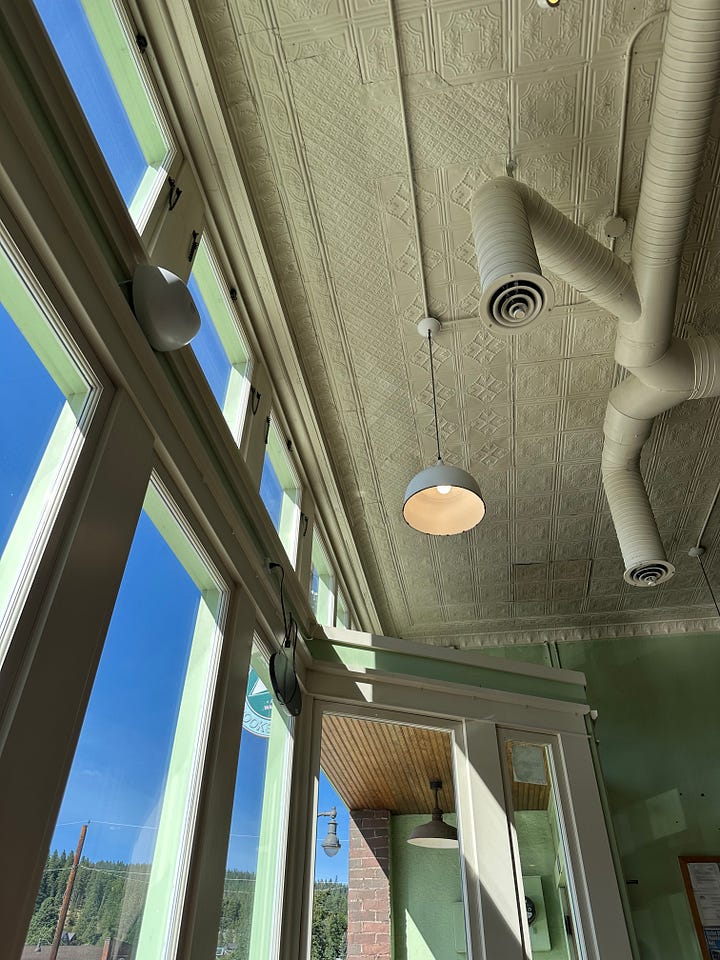
*Shout-out to Dr. Harold W. Fogle, a researcher at Washington State University who developed the Rainier cherry in 1952 at their Prosser campus. His golden-skinned cultivar hit the market in 1960 and was quickly nicknamed the “champagne of cherries.”

